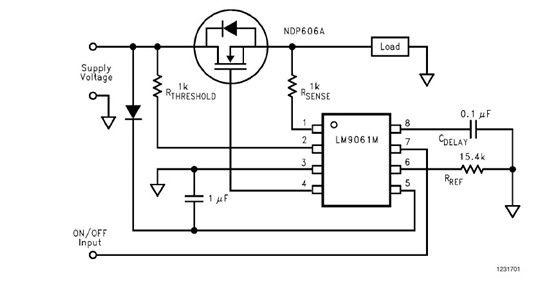I have finally finished my first prototype PCB but I am a bit worried about the amount of heat generated when using the BMS at max power in my application (ultralight hybrid electric vehicle). At 30A cont/50A burst I have almost 20W loss. It seems to me that it would be possible to reduce power consumption to less than half of that without increasing costs using:
1) N-channel power MOSFETs (relatively easy)
2) MOSFETs with Integrated current sensing (probably not so easy)
The use of N-channel MOSFETs enables a much better selection of very low Rds parts. It would obviously require a different driver design, but as far as I can see, there is no fundamental reasons why this should not work? It is used on TI battery AFEs like the bq29330.
Using MOSFETs with integrated current sensing would again reduce the number for available devices but reduces the power loss of the current current (!) sensor. This would either require low-side switching or current sensing level shifting to be compatible with the BQ78PL114 current sensor inputs.
Has anyone some inputs on one or both of these possible options?



